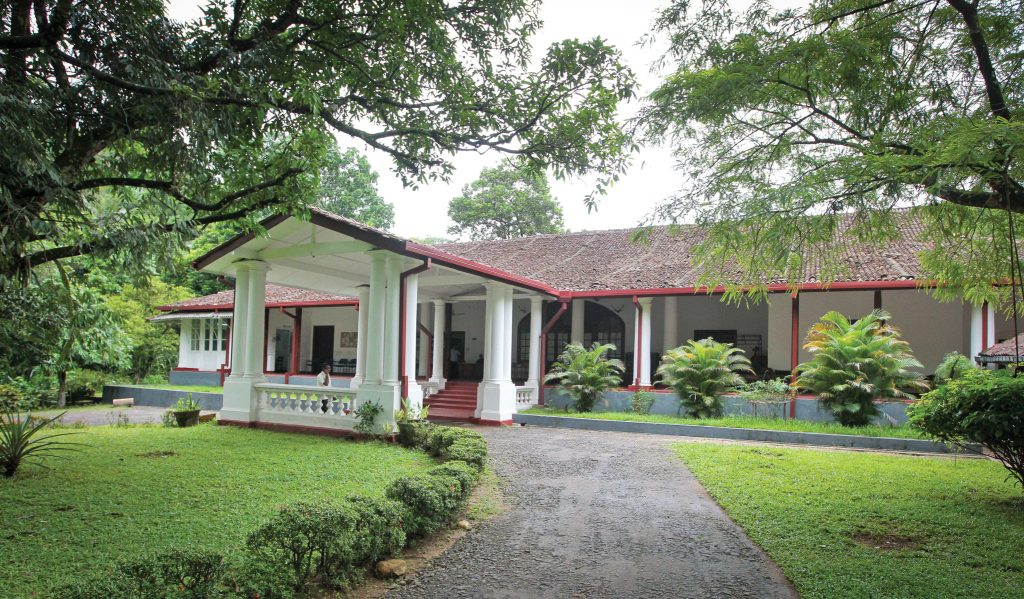
The Ratnapura National Museum, located in the gem-rich city of Ratnapura in Sri Lanka, is a significant cultural and historical institution that showcases the rich heritage of the region. Housed in the historic Ehelapola Walawwa, the former residence of Ehelepola Nilame, a high-ranking Kandyan chieftain, the museum provides a fascinating glimpse into the history, culture, and natural wealth of Ratnapura and its surroundings.
The museum’s exhibits cover a broad range of topics, reflecting the diverse history and culture of the area. One of the primary attractions is its extensive collection of gemstones and minerals. Given Ratnapura’s reputation as the “City of Gems,” the museum features a stunning array of precious stones, including sapphires, rubies, and other minerals found in the local gem mines. These exhibits not only highlight the beauty and variety of the gems but also provide insights into the traditional methods of gem mining and cutting that have been practiced in the region for centuries.
In addition to its gem collection, the Ratnapura National Museum also houses a variety of artifacts related to the cultural and historical heritage of Sri Lanka. These include ancient weapons, traditional costumes, agricultural tools, and household items that offer a window into the daily lives and customs of the local people throughout history. The museum also displays a collection of Buddhist artifacts, including statues and religious items, reflecting the deep spiritual traditions of the area.
The natural history section of the museum showcases the region’s rich biodiversity. Exhibits include mounted specimens of local wildlife, such as birds, mammals, and reptiles, as well as displays on the unique flora of the region. This section highlights the ecological significance of Ratnapura and its surrounding areas, including the nearby Sinharaja Forest Reserve and Udawalawe National Park.
The Ehelapola Walawwa itself is an important part of the museum’s appeal. This historic mansion, built in the traditional Kandyan style, offers visitors a chance to experience the architectural elegance and historical significance of a bygone era. The building’s design, with its intricately carved wooden pillars, spacious courtyards, and traditional layout, provides a fitting backdrop for the museum’s exhibits.
The Ratnapura National Museum serves as an educational and cultural resource for both locals and tourists. It offers a comprehensive overview of the region’s history, from ancient times to the present day, and helps to promote an appreciation for the area’s cultural and natural heritage. Efforts are made to maintain and preserve the museum’s collections and the historic building itself, ensuring that this valuable cultural institution can be enjoyed by future generations.
In summary, the Ratnapura National Museum is a key cultural landmark in Sri Lanka, offering a rich and varied collection of exhibits that reflect the history, culture, and natural beauty of the Ratnapura region. From its stunning gem collections to its historical artifacts and natural history displays, the museum provides a comprehensive and engaging experience for all who visit.
